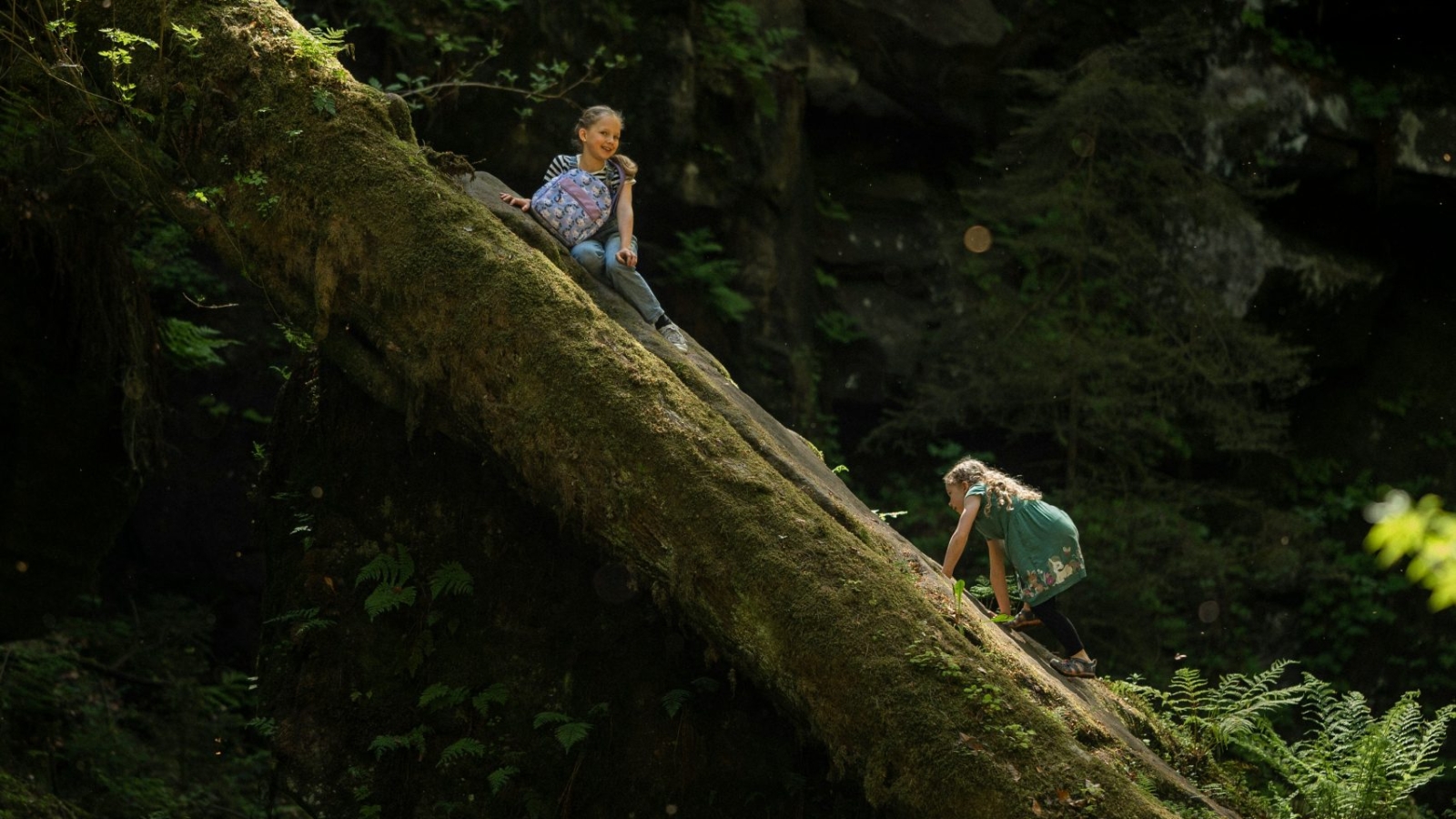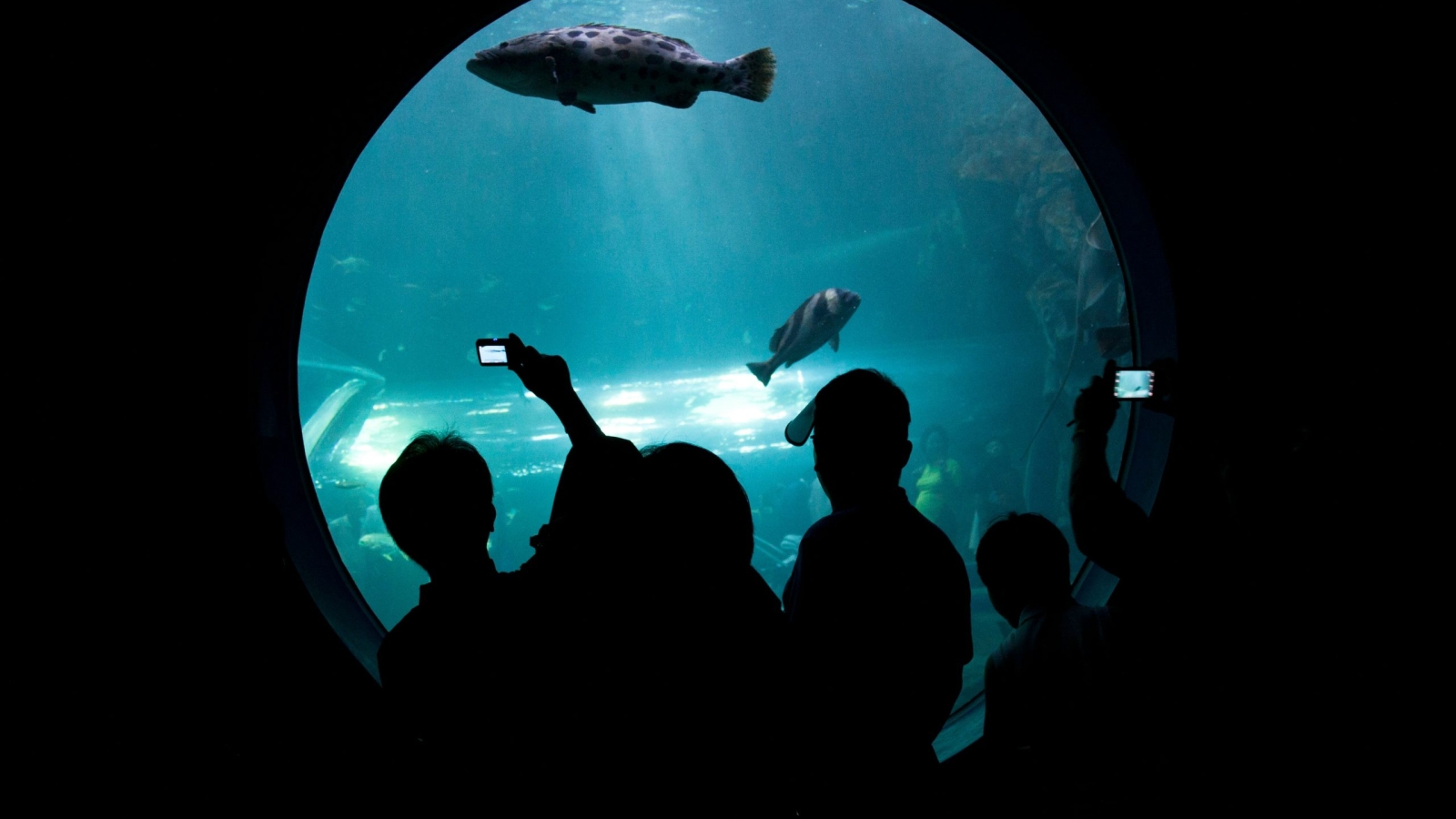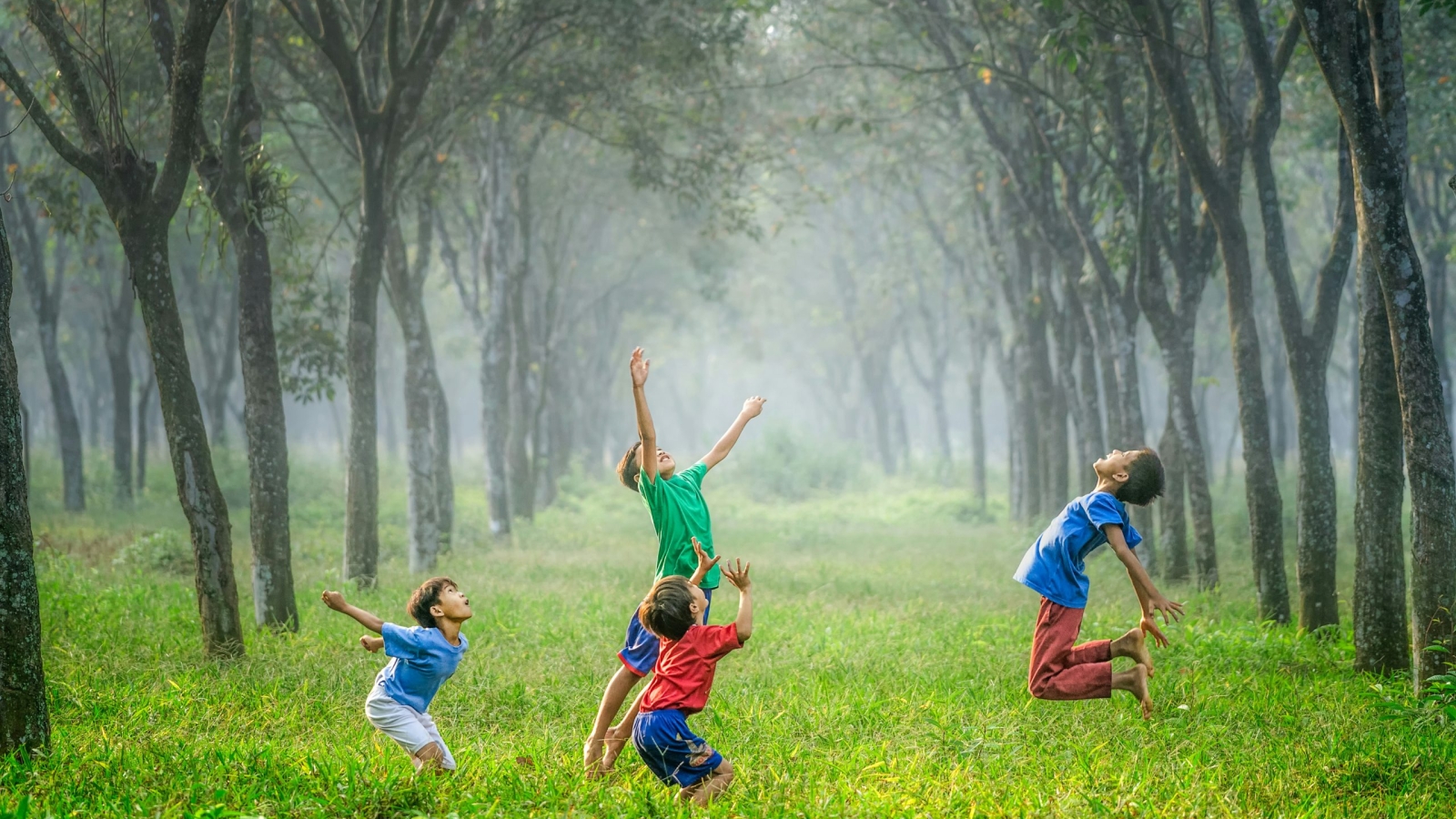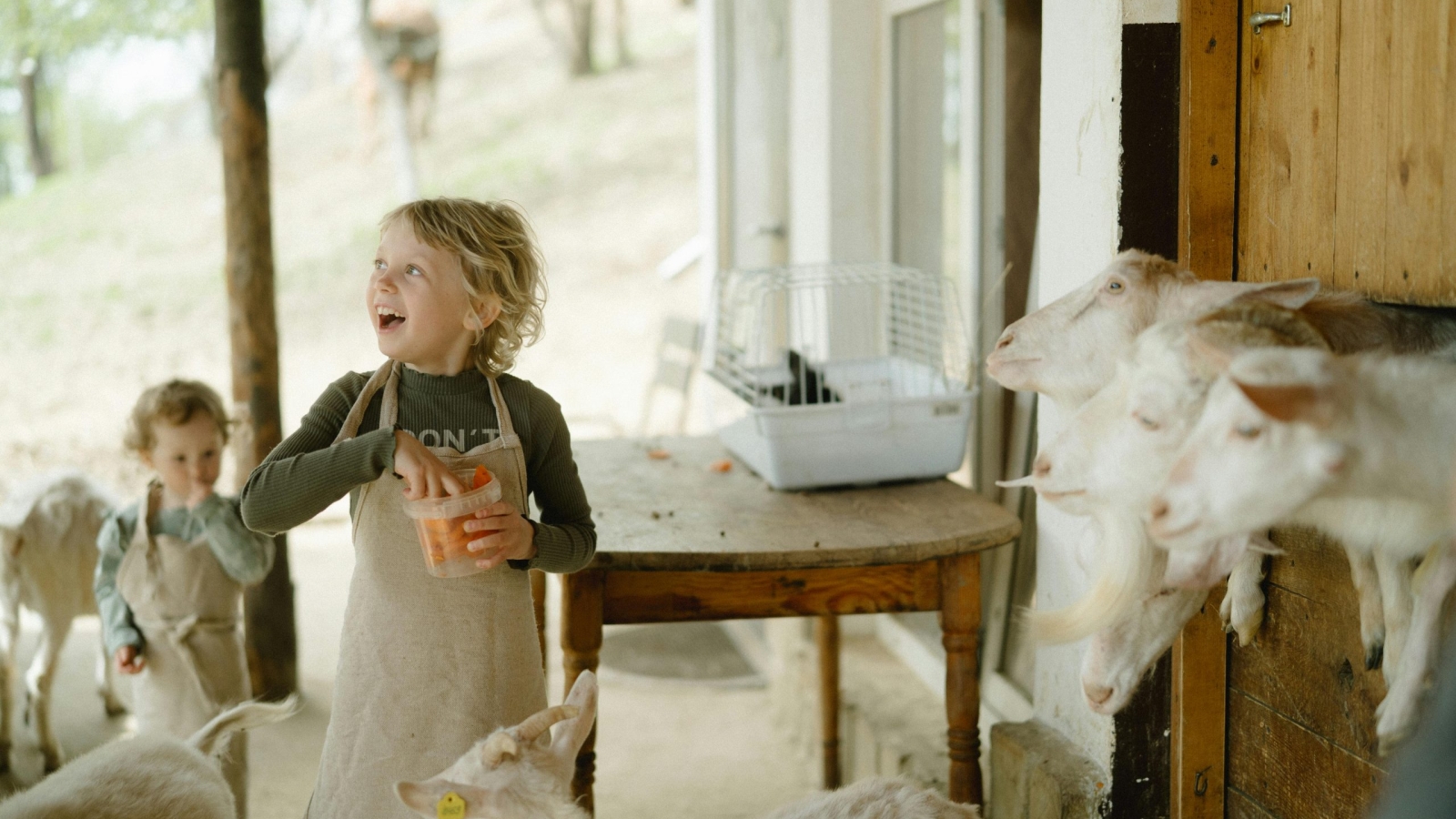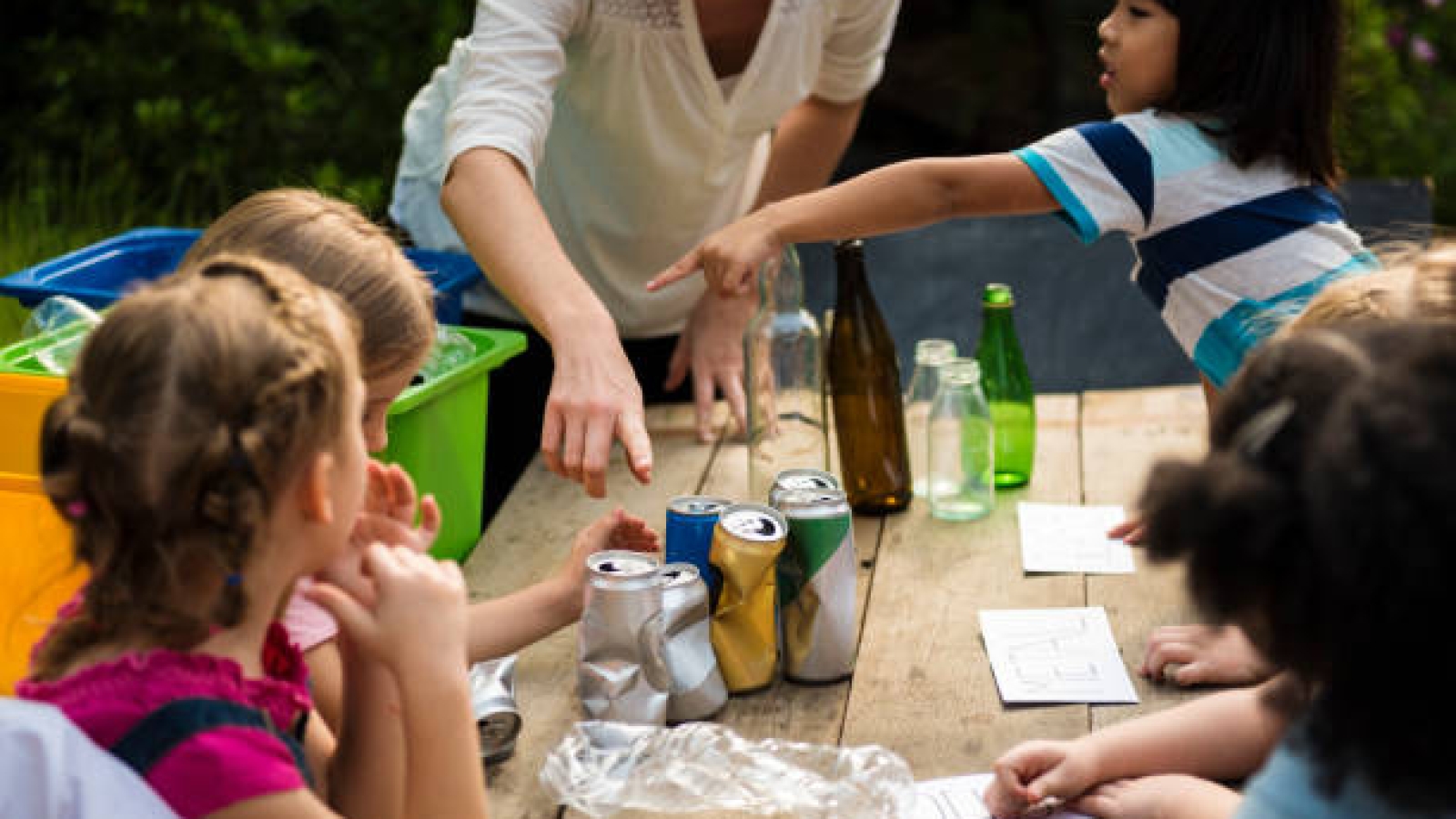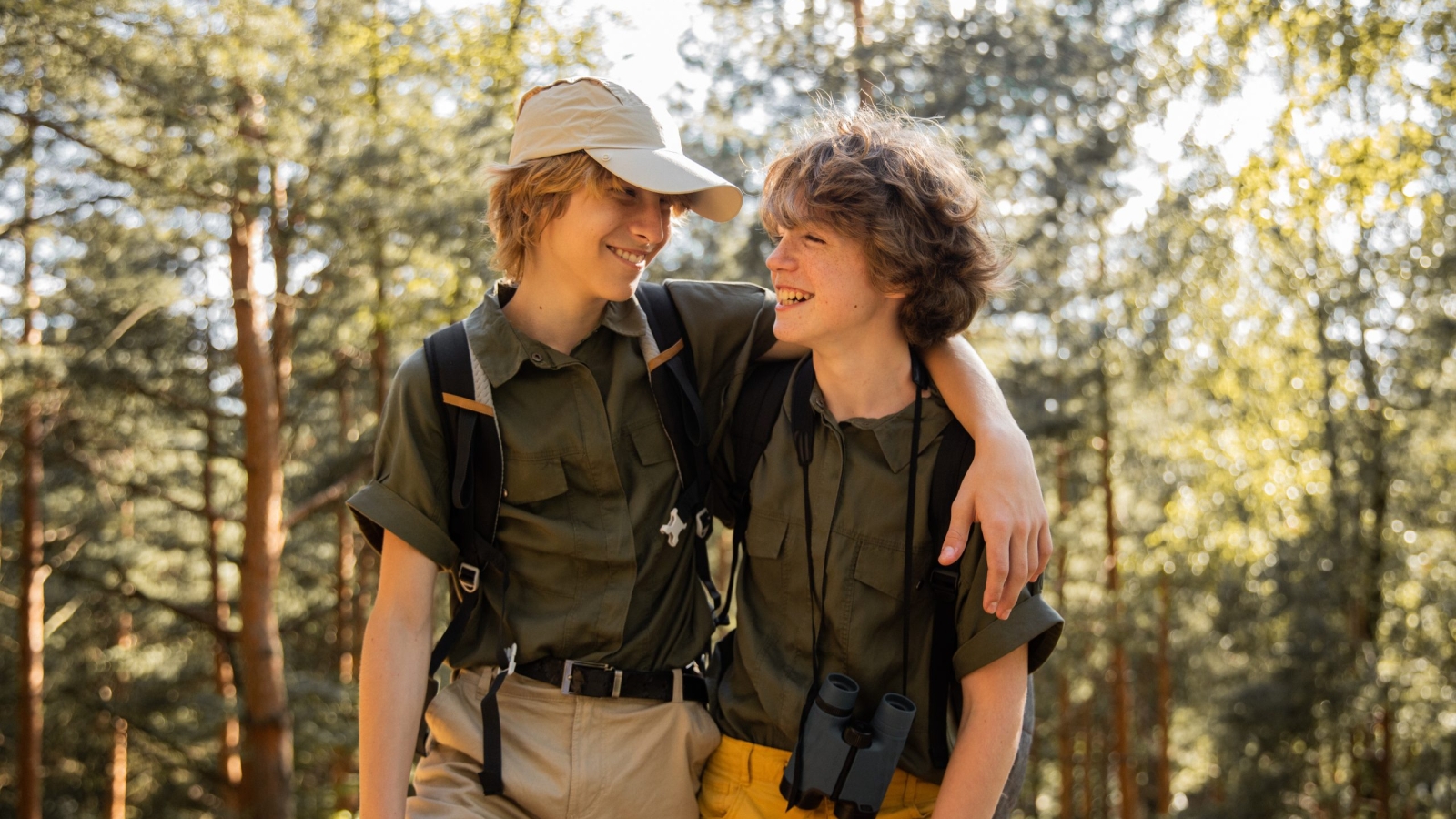Field trips offer students the opportunity to step out of the traditional classroom setting and immerse themselves in the world around them. These outings, particularly to art museums, cultural centers, and creative workshops, can ignite the spark of creativity in young minds. Here’s how school field trips can inspire creativity and contribute to a richer learning experience.
The Connection Between Field Trips and Creativity
Field trips are not just fun escapes from the classroom routine—they’re powerful learning experiences. When students explore new environments, they are exposed to unfamiliar sights, sounds, and ideas. These novel experiences can stimulate creative thinking by pushing students beyond the confines of their usual learning patterns.
For example, a visit to a museum allows students to experience art and history firsthand, sparking their curiosity. Being surrounded by artistic masterpieces or historical artifacts can inspire students to think critically, ask questions, and form their own interpretations. This kind of engagement fosters creativity by encouraging students to think outside the box and explore new perspectives.
Hands-On Learning: Fuel for Imagination
One of the key aspects of school field trips is the hands-on learning experience. When students engage with interactive exhibits or participate in creative workshops, they move from being passive recipients of information to active learners. This shift is crucial for creativity.
Take, for instance, a field trip to an art museum where students are not just observing works of art but also creating their own. Whether they are sculpting, painting, or crafting, these activities allow students to express themselves freely and explore their artistic potential. Arts-focused field trips give students the tools and freedom to experiment, make mistakes, and try new things—key elements of the creative process.
Arts-Focused Field Trips: A Pathway to Creative Thinking
Arts-focused field trips, in particular, are excellent platforms for fostering creativity. Museums and cultural centers that focus on the arts offer students an opportunity to engage with diverse forms of expression—from painting and sculpture to digital art and performance.
During these visits, students are often invited to explore various art forms and techniques. For example, a workshop on abstract art might encourage them to think in new ways about shapes, colors, and forms. This exposure to different creative methods broadens students’ understanding of what art can be, opening their minds to the limitless possibilities of creative expression.
Moreover, many art museums offer programs designed to teach students not just about art but through art. These programs emphasize critical thinking, problem-solving, and collaboration—skills that are central to creativity. By encouraging students to analyze and interpret artworks, these experiences foster a deeper level of engagement and creative thought.
Cultural Immersion: Expanding the Creative Mind
Field trips that immerse students in different cultures can also have a profound impact on their creativity. Visits to cultural centers, historical sites, or events like cultural festivals provide students with unique insights into the traditions, practices, and artistic expressions of different communities. This exposure to diverse cultures encourages students to think more broadly and embrace new ideas.
For instance, a trip to a cultural center might introduce students to traditional music, dance, or storytelling from a specific culture. These experiences can inspire students to incorporate elements of other cultures into their own creative work, enriching their imagination and broadening their creative palette.
The Role of Environment in Creative Inspiration
The environment in which students learn has a significant impact on their creativity. Field trips often take students to environments that are vastly different from their daily surroundings. Whether it’s the awe-inspiring architecture of a museum, the peaceful serenity of a park, or the bustling energy of a cultural festival, these environments can spark new ideas and perspectives.
Studies have shown that changes in environment can lead to fresh bursts of creativity. When students are taken out of the classroom and placed in an inspiring setting, their brains are more likely to engage in divergent thinking—a key component of creativity. Field trips, therefore, provide not only new content but also new contexts for creative thought.
Conclusion: Field Trips as a Catalyst for Creativity
Field trips, whether to art museums, cultural centers, or creative workshops, play a vital role in fostering creativity in students. These experiences expose students to new ideas, engage them in hands-on learning, and immerse them in diverse cultural environments—all of which contribute to a more creative and open-minded way of thinking.
For educators, planning arts-focused field trips is a valuable strategy to inspire students and help them develop their creative potential. By taking students out of the traditional classroom and into the world of creative expression, field trips can serve as a powerful catalyst for imagination and innovation.


